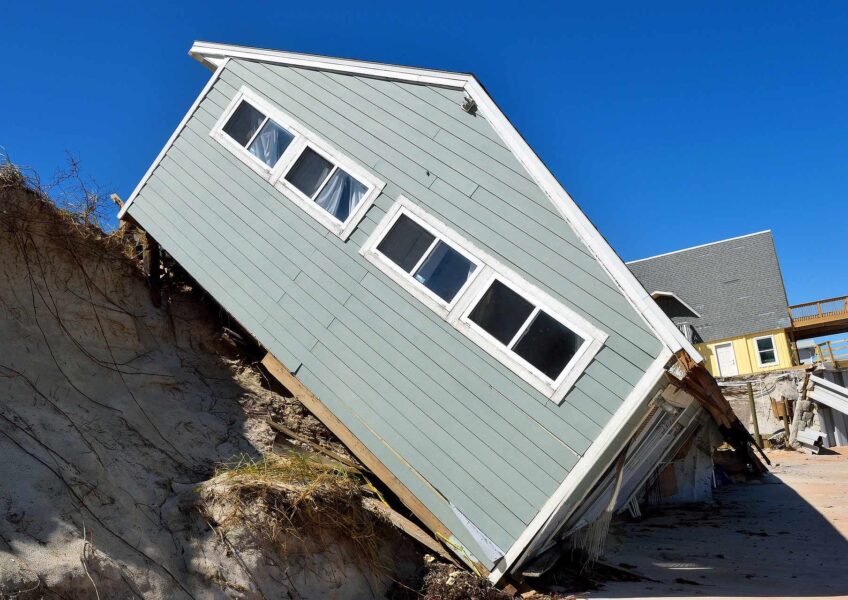6 Ways to Secure Your Home For Natural Disasters
We can’t prevent natural disasters, but we can prevent the stress that comes with them. Peace of mind will help you focus on what matters; This peace of mind will come from securing your home long before a natural disaster can strike.
Here are 6 ways to secure your home from natural disasters.
-
Obtain Homeowners Insurance
Before anything, you absolutely need to get your hands on homeowners insurance. Damages are inevitable and homeowners insurance will cover a significant amount of repairs regardless of severity. Basic policies might not cover certain damages caused by natural disasters (e.g. earthquake and flooding). Review the policies and covers under your homeowner’s insurance to know what you’re working with.
If you know that your region is frequent to a specific type of natural disaster, it is recommended that you get additional coverage.
-
Use Flexible Connections On Gas and Water Lines
The ability to be flexible can help your connections stay intact during earthquakes and natural disasters. These flexible connections are able to bend and shift in place so gas and water lines are able to stay secured and continue to provide you with important resources.
-
Keep Gutters + Storm Drains Constantly Clean
For any flood-causing natural disasters, you’ll already be at a disadvantage if gutters and storm drains are clogged with gunk. Clogged gutters cause hurricane water to accumulate easily, and with enough water, start to leak through your roof or foundations. Excess rain and groundwater won’t effectively go down storm drains, and will create a build-up just mere minutes after the natural disaster begins.
You’re responsible for cleaning the debris found in your gutters, and reach out to your local government to ask what they can do about cleaning public storm drains.
-
Reinforce Windows and Doors
Reinforcing windows and doors occur in two forms: temporary protection and long-term protection. For an extra layer of temporary protection, you might want to board up windows and doors with plywood or by DIYing stronger bolts on them. You’ll also want to caulk around these points of entry to keep moisture out and prevent water damage.
For long-term protection, you may want to replace windows and doors with those designed to be natural disaster resilient.
-
Use Fire-Resistant Building Material
If you are going to rebuild certain parts of your home anyways due to age, why not consider using fire-resistant building material? Prevent wildfire or other fire-related damages by using materials like stone, metal window frames, concrete tiles, and/or metal tiles. Even with just sections of your home being fire-resistant, the rate at which the fire spreads will be slowed down.
-
Trim the Trees
From earthquakes to hurricanes, a lot of natural disasters can knock down branches or even entire trees. If a tree is relatively healthy, there isn’t much to worry about in terms of the tree falling itself. Trim loose branches that are near your doors and windows. Ideally, there should be no branches at least 10 feet away from all points of entry.
If a tree is weak, you may want to chop it down since it is likely to topple over during a natural disaster. That way, it won’t hit your home and you’ll eventually have to clean it up anyway.
https://www.homeselfe.com/25-ways-to-protect-your-home-from-natural-disasters/

